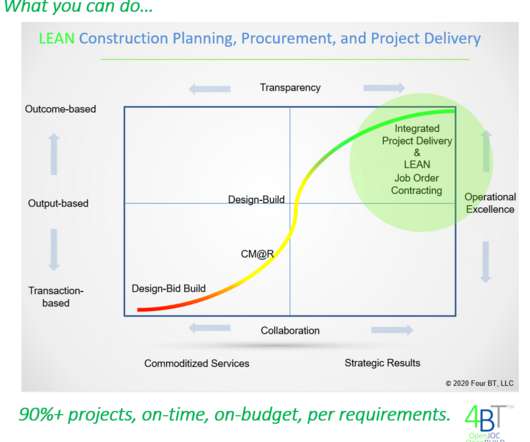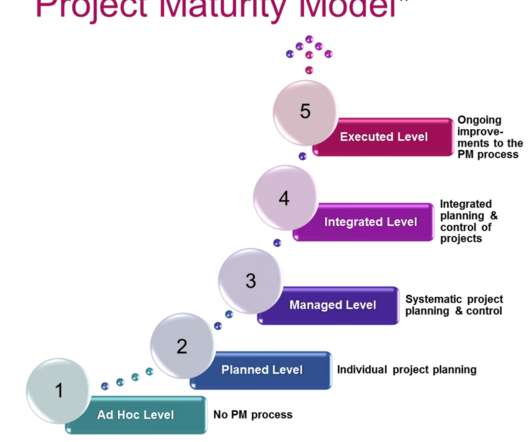Characteristics of Strategic Collaboration and Efficient Construction Project Delivery
Job Order Contracting
APRIL 30, 2022
Integrated planning, procurement, and project delivery processes and team. The benefits of strategic collaboration vs. traditional construction planning, procurement, and project delivery are well documented and partially listed below (Chan et al., procuring partners in construction projects. Shared boundaries. O’Brien, J.















Let's personalize your content